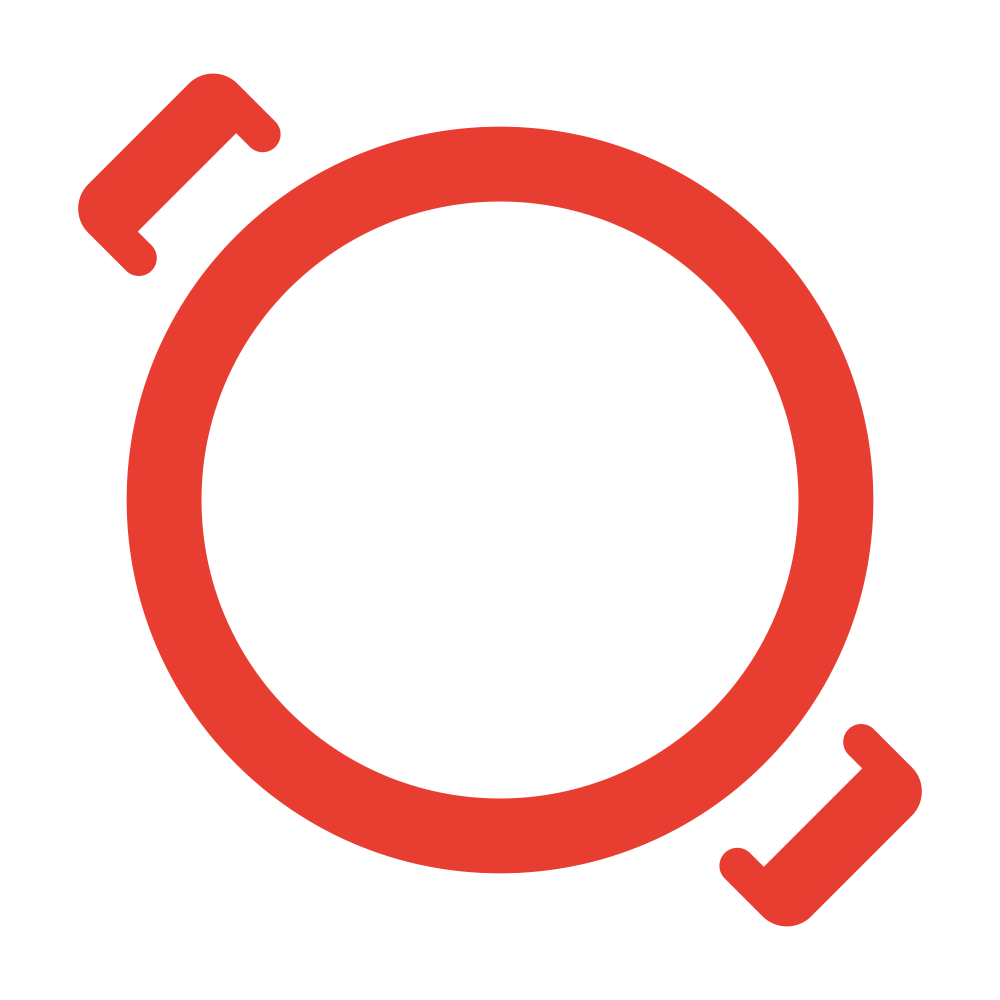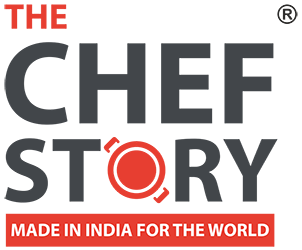Skillet/Frying Pan (For Shallow Frying)
A frying pan, frypan, or skillet is a flat-bottomed pan used for frying, searing, and browning foods. It is typically 20 to 30 cm (8 to 12 in) in diameter with relatively low and slanted sides that flare outwards, a long handle, and no lid. Larger pans may have a small grab handle opposite the main handle.
The idea behind the slanted sides is to allow steam to escape so that frying and searing can happen. That being said, a frying pan can be used for sautéing or frying or steam-frying, though not for deep-frying or stir-frying.
Also the slanted sides helps to use the spatula more effectively.
Sauté pan/Deep Skillet (For Sauteing)
If what appears otherwise to be a frying pan has straight sides, then technically it’s classed as a sauté pan Similar to the frying pan, a sauté pan is designed to accommodate movement. Flat walls, a flat bottom, and a form-fitting lid let you stir, shift and shake things up without fear of spillage.
Griddle (For Shallow Frying)
When you need the performance of a skillet, but require even more surface area, a griddle is your best bet. Pancakes, Chapattis, Dosa are all made even better on a griddle because there’s so much more space to ensure quality browning while also avoiding steaming.
Dutch Oven (For Braising, Stewing, Poaching, Simmering, Boiling)
A dutch oven might just be the most versatile cooking vessel you ever purchase. Heavy bottomed with higher sides than a skillet and larger than a sauce pan, dutch ovens can move seamlessly from the stovetop to the oven and are great for soups, stews, braises and frying.
Wok (For Stir-Fry)
Once you’ve stocked up on the basics, a wok is a great piece of cookware to add, especially if you’re a fan of stir-fry. Woks are traditionally made with carbon steel and as a result, they both heat up very quickly and cook whatever ingredients you include at an accelerated rate. Even if you haven’t cooked with a wok before, they’re extremely easy to use and, with a little bit of knowhow, you can even turn a wok into a smoker.
Sauce Pan (For Stewing, Poaching, Simmering, Boiling)
Sauce pans come in every size imaginable and are just as versatile as they are diverse. Specifically though, sauce pans are perfect for preparations that requires a lot of liquid, like blanching vegetables, cooking quinoa. The very high sides, compared to the overall size of the vessel itself, ensure that the saucepan can handle a lot of liquid without losing much of the volume during the cooking process.
Stock Pot (For Braising, Stewing, Poaching, Simmering, Boiling)
Once you’ve graduated from your largest saucepan, the next step up is the stockpot. While these large metal pots are great for making stock, they can also be used for making soups, cooking pasta or boiling potatoes. For any recipe that requires a large volume of liquid and ingredients, or if you’re cooking for a large group, the stockpot should be your go-to vessel.
Kadai
Kadai is a type of thick, circular, and deep cooking pot (similar in shape to a wok but with a flat base) that originated in the Indian subcontinent.







